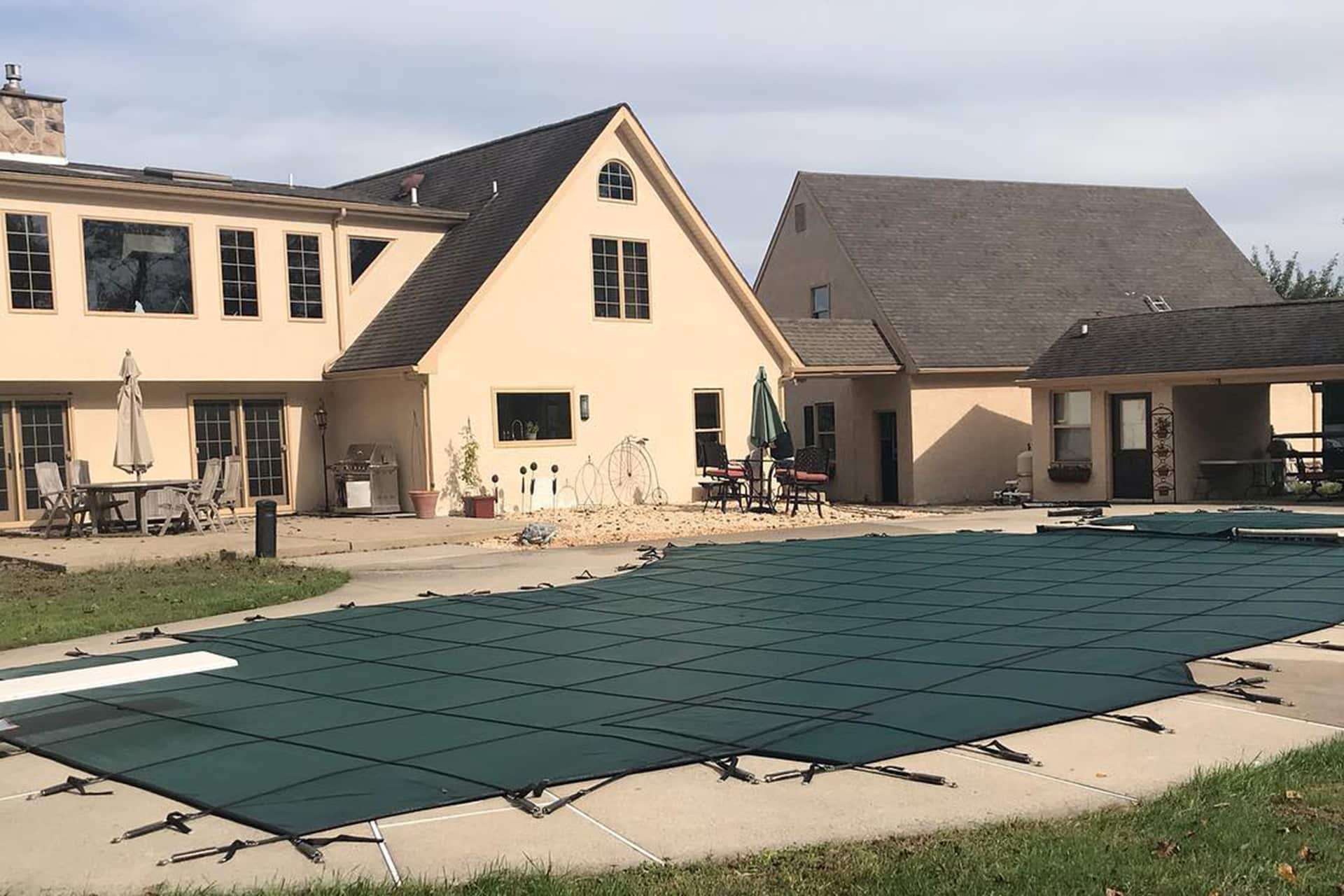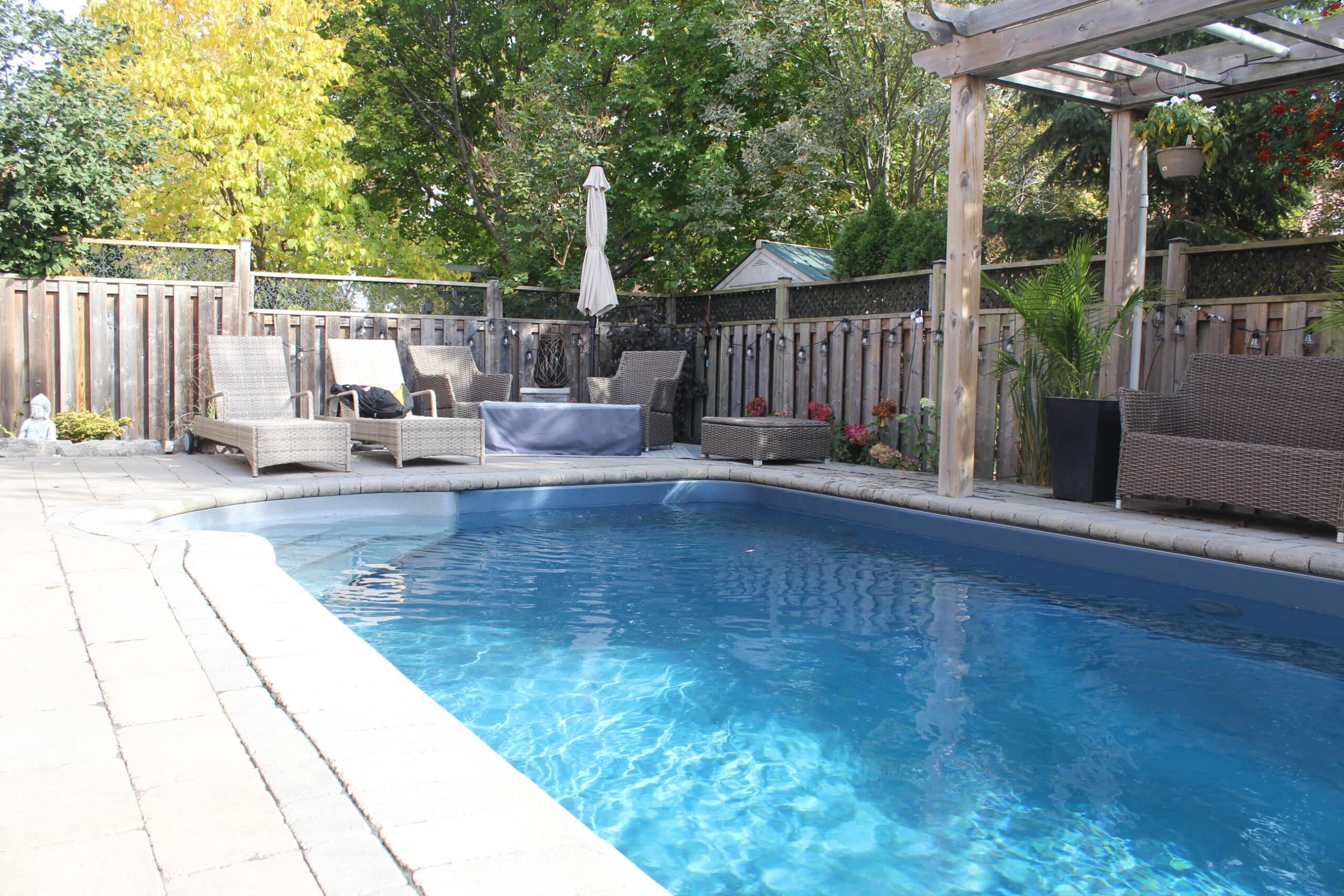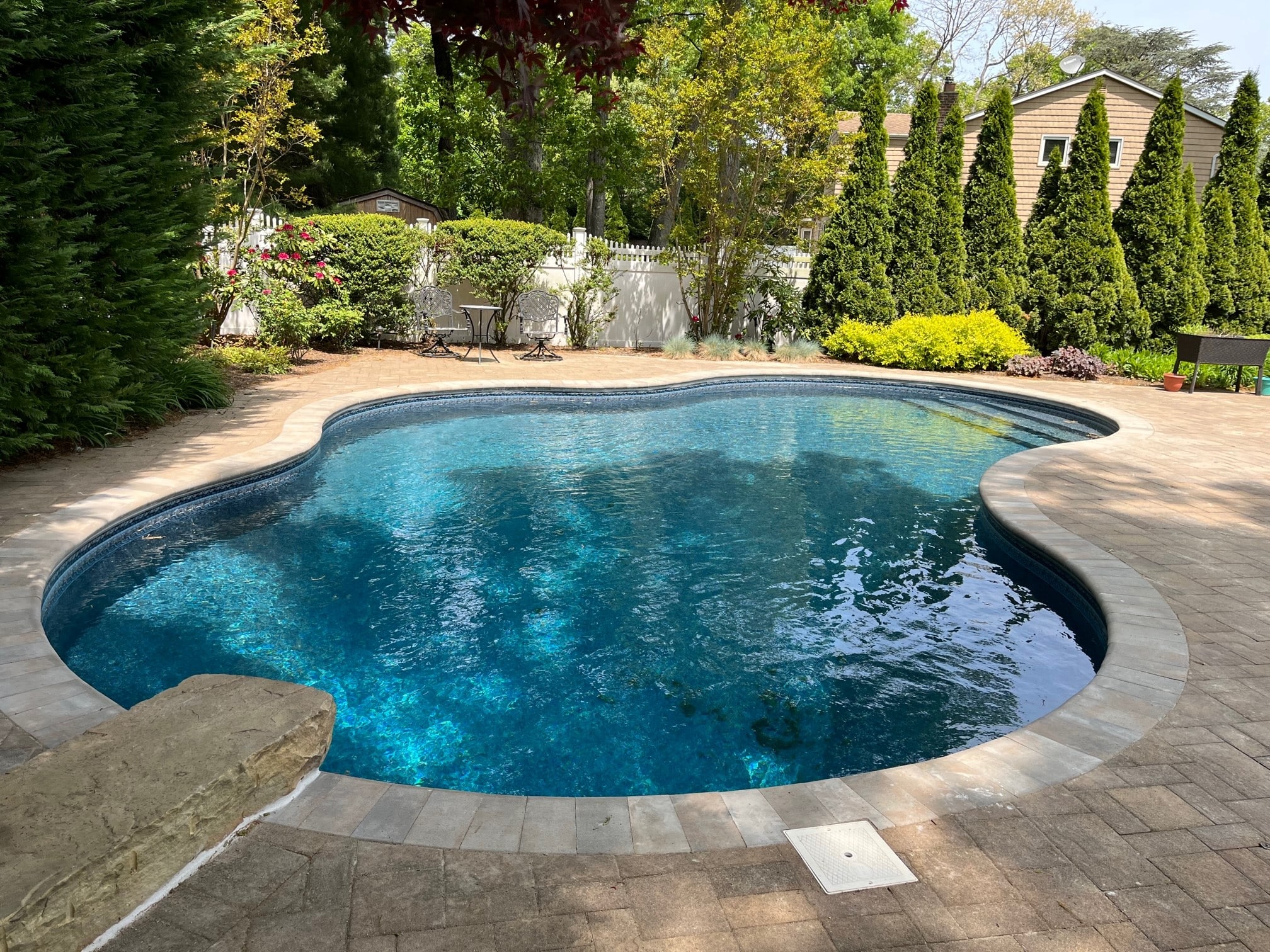When the swimming season ends, it’s crucial to protect your pool during the off-season to prevent accidents and damage. Proper safety measures ensure that your pool remains secure and well-maintained, reducing costly repairs and keeping everyone safe. Here are some of the best pool safety products to consider as you prepare for colder months.
Pool Covers
A high-quality pool cover is essential for protecting your pool during the off-season. It keeps debris, leaves, and dirt out, reducing cleaning time and preventing damage to your pool’s surface. Safety covers, which are sturdy enough to support weight, also prevent accidental falls into the water.
Pool Alarms
Installing a pool alarm adds an extra layer of security by alerting you if someone or something enters the pool area unexpectedly. These devices can be attached to pool gates or float on the water’s surface to detect movement, helping to prevent accidental drownings.
Safety Fencing and Gates
Physical barriers like fencing with self-closing and self-latching gates are vital in restricting unauthorized access, especially for children and pets. Durable pool fences meet local safety codes and serve as a visual and physical deterrent.
Drain Covers and Anti-Entrapment Devices
To avoid accidents related to suction, using drain covers and anti-entrapment devices is important. These products reduce the risk of entrapment and comply with safety regulations.
Securing your pool during the off-season is about more than just maintenance—it’s about safety and long-term protection. From durable safety covers and reliable pool alarms to fencing, gates, and anti-entrapment devices, the right products safeguard your pool and prevent accidents year-round. By investing in these essential safety measures, you’ll reduce risks, avoid costly repairs, and ensure peace of mind until swimming season returns. Protecting your pool now means you’ll be ready to enjoy it safely and stress-free when warmer weather arrives.




